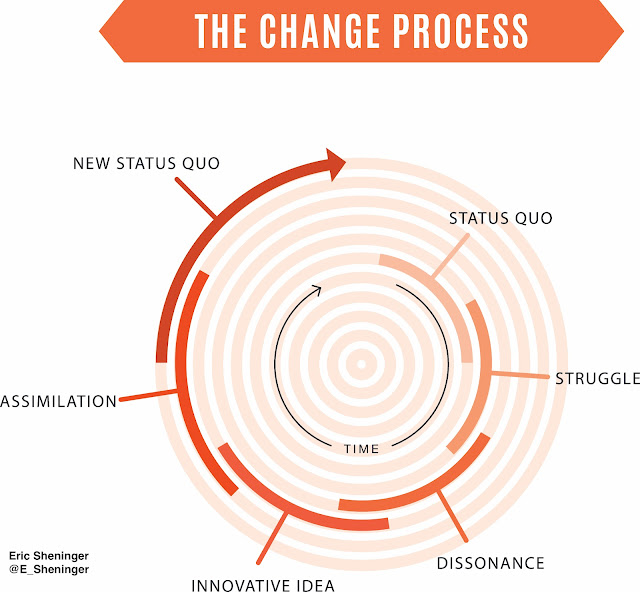Blink and there is a new iPhone on the market. I feel like I just got the 13 model yesterday, but the reality is that I came into possession of it in 2019. Thanks to a very gracious promotion, I recently upgraded to the 14 plus. The improved camera alone makes this new model work the investment. While I am thrilled with the new device, I know full well that the 15 will be out sometime next year and has probably already been developed. Technology companies like Apple live and thrive in a cutting-edge world. They are constantly innovating with a purpose, whether we agree with it or not.
Innovative companies don’t dwell on the past. On the contrary, they seem to have one eye on the present and another on the future. They foresee both what the world needs and what consumers want to develop solutions that improve some aspects that both parties hold dear. If companies continued to do what they always did, they would become irrelevant in a rapidly changing world. The status quo is something that isn’t a part of their DNA and for a good reason.
Now let’s apply the same concepts of innovation and transformation in response to a disruptive world of education. While no one can deny that some exciting changes have taken place in schools across the globe, the reality is that traditional schooling remains firmly in place. More often than not, you will see kids seated at desks in rows, a great deal of direct instruction, bells to signify transitions, technology being used as a substitute, and everyone doing the same thing at the same time the same way. The question we should all be asking is why traditional schooling is still perpetuated in light of what we experienced and learned during the pandemic. While there is no silver bullet, we can ill afford to sustain systems that prepare learners for a world that no longer exists.
I shared the following in Disruptive Thinking:
We live in a world dominated by exponential change that has and will continue to fundamentally impact all facets of society. Disruption is no longer a buzzword, but a reality. To best prepare our learners to flourish now and in the future, the key is to help develop them into dis- ruptive thinkers who thrive in a disruptive world. If we are to develop students who think disruptively, we must examine and reflect on our current teaching and learning practices.
Below is an attempt to visualize my thoughts. Schooling, in my opinion, is what is done to students. Education, on the other hand, is what they need to thrive in a complex and unpredictable world ripe with opportunity, with the most critical component being personalization.
One might think so much more can be included as part of an evolved education. I completely agree. When looking at the components I included, it can be inferred that the tasks promote cognitive flexibility, include the purposeful use of tech, and provide authentic learning experiences (i.e., academy programs, internships, capstone projects). However, when it is all said and done, an evolved education can consist of any elements that future-proof learning for all kids in ways that prepare them for anything. Once these become embedded in school culture and scaled, a new status quo will take hold. In a disruptive world, this is what our students both need and deserve.







More Stories
What To Do if Your Application Is Declined
Toyota Land Cruiser May Return to America
Review: Sharpie Oil-based Paint Markers